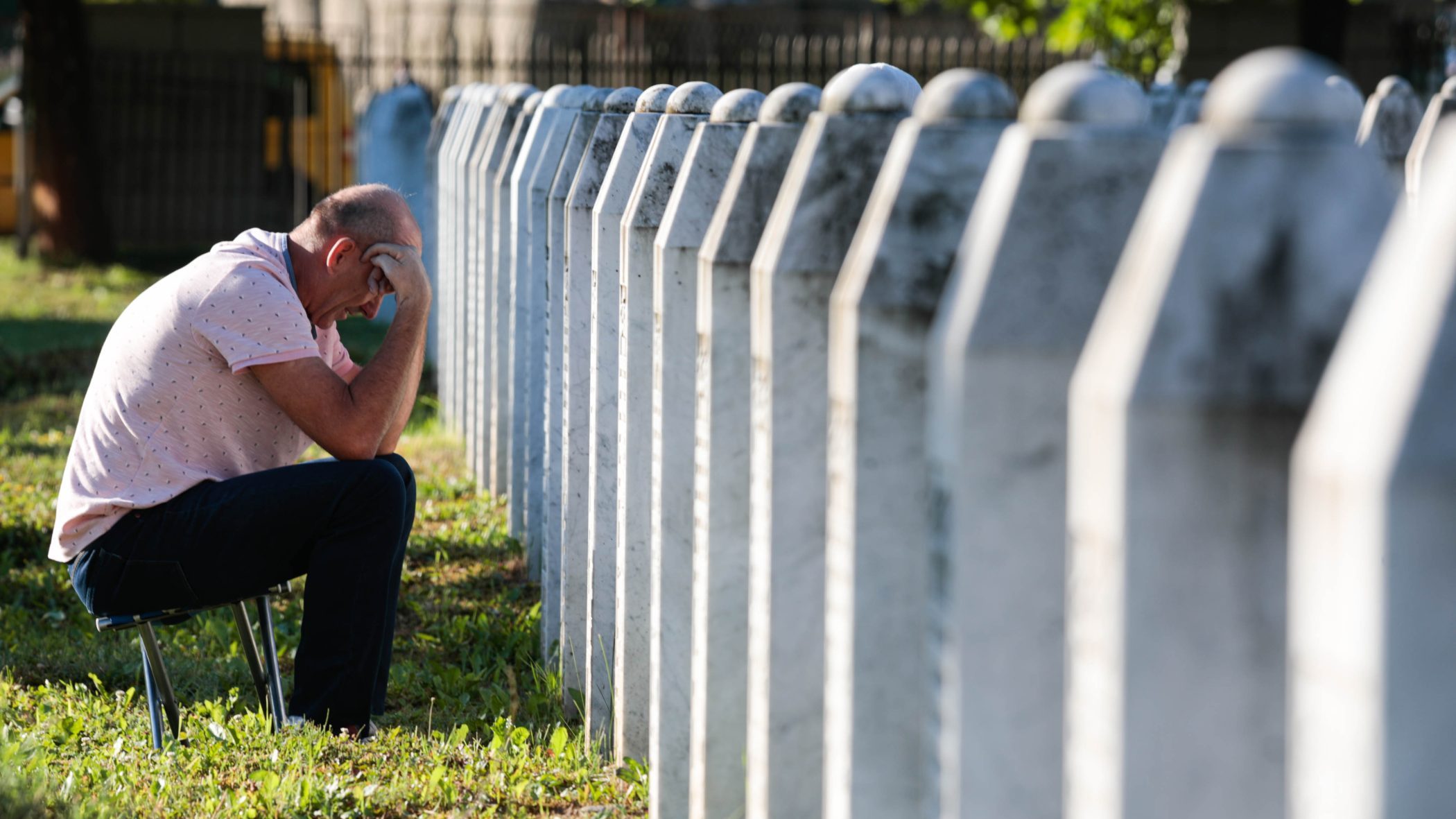This post is also available in: Bosnian

“Children came to school hungry, pale and frozen, but they came each day,” Munevera Kanlic, a teacher in Sarajevo, told BIRN as the Bosnian capital this week commemorated the 24th anniversary of the start of the three-and-a-half-year siege by Bosnian Serb forces.
“I remember one girl. She came one morning pale and her fingers were blue, she didn’t have any gloves… I asked her why she came if she felt bad. Had she eaten? She said: ‘I didn’t have time. I was in a hurry, I didn’t want to be late.’ And I know deep down that maybe she didn’t have anything to eat,” Kanlic recalled.
Kanlic was a teacher of Bosnian language and literature during the 1992-95 siege, the longest in recent history.
She said that classes during the war were organised in basements and unlikely places such as hair salons and chemists’ shops.
Pupils crouched in corners, with papers on their laps. During the winters, children brought in wood and classes was taught by candlelight, as there was no electricity. They studied in their jackets and gloves.
During the siege, the Bosnian capital was subjected to a sustained campaign of shelling and sniper attacks by Bosnian Serb forces, which left more than 11,000 civilians dead, more than 1,000 of them children.
Verdicts handed down by the Hague Tribunal say this was designed to keep the population in a constant state of terror, and the life of virtually every Sarajevo resident became an everyday struggle to survive.
The Tribunal has found that the Bosnian Serb Army often hit civilian targets, including schools. One of the most notorious attacks hit an improvised school in Alpasino Polje in November 1993, when the teacher and three pupils were killed and 23 others injured.
Central Sarajevo during the siege.
Selma Radjo, a pupil in the Dobrinja neighbourhood during wartime, recalled how her classes were held in a “business centre where there was once a casino, poker tables and betting machines”.
“We had improvised classrooms, there were seven or eight… separated by tarpaulin,” said Radjo.
Teachers mostly relied on humanitarian aid for classroom supplies.
Physical education teacher Nermina Boric said that the pupils mostly wrote on pieces of paper torn out of books.
“You cannot imagine the children’s joy when they got a pen or a pencil or something in humanitarian aid,” said Boric.
Kanlic said that going to school gave the children a purpose during the war.
“The children fled the sounds of shells, bullets and fear. They ran, and we ran , because they felt that the school made it as if time was not just passing by idly,” she said.
Even though the classroom were improvised, Kanlic said that still had to take tests and examinations.
“We did not let the students have their way,” she said.
Mirsada Bukva, who went to school in a basement in the Hrasno neighbourhood during the war, remembers running between buildings, hiding from snipers, carrying her school bag.
But she said that despite that, her class was “very disciplined”.
“I remember one time, three of us shared a book and I only got it on Sunday. I went outside to study and my teacher saw me and asked why I was studying so late. In the morning she called on me to quiz me first and I didn’t read everything about fish, so I got a ‘D’,” said Bukva.
Kanlic believes that the fact that schools operated in such dangerous conditions represented a “major victory” amid the terrors of the siege.
“Here we are, in school, while you are killing us, but we live, fight and exist,” she said.
“It may be strange to say but it was nice to work… I am very happy to have survived the fear and hunger, and remained myself, that I got all those children together, that I was a teacher and I shared my life with them.”

